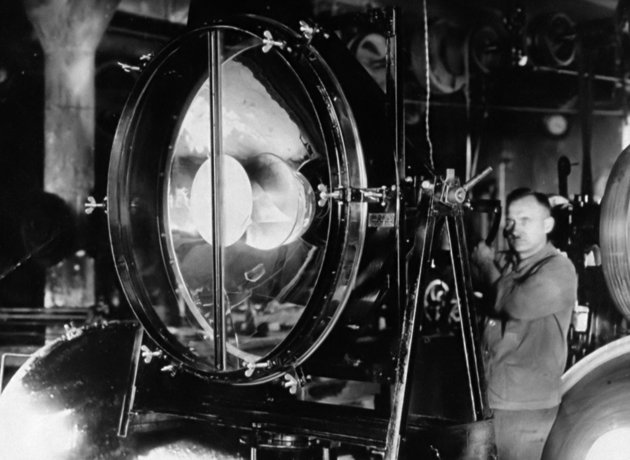
BILDER DER WELT UND INSCHRIFT DES KRIEGES / IMAGENS DO MUNDO E INSCRIÇÕES DA GUERRA
HARUN FAROCKI
The vanishing point of is the conceptual image of the 'blind spot' of the evaluators of aerial footage of the IG Farben industrial plant taken by the Americans in 1944. Commentaries and notes on the photographs show that it was only decades later that the CIA noticed what the Allies hadn't wanted to see: that the Auschwitz concentration camp is depicted next to the industrial bombing target. (At one point during this later investigation, the image of an experimental wave pool – already visible at the beginning of the film – flashes across the screen, recognizably referring to the biding of the gaze: for one's gaze and thoughts are not free when machines, in league with science and the military, dictate what is to be investigated. Farocki thereby puts his finger on the essence of media violence, a "terrorist aesthetic" (Paul Virilio) of optic stimulation, which today appears on control panels as well as on television, with its admitted goal of making the observer into either an accomplice or a potential victim, as in times of war. (Christa Blümlinger)
biografia
Harun Farocki, (born 1944 in Nový Jicin / Neutitschein, died 2014, near Berlin). The oeuvre of the German filmmaker and video artist Harun Farocki comprises more than 100 feature films, essay films, documentaries, and video-installations. He was one of the most important directors of contemporary documentaries and essay films working in Germany. Since 1966 Farocki has also been collaborating with other filmmakers as scriptwriter, actor and producer. Since 1995 he had numerous exhibitions and installations in galleries and museums worldwide. His films and installations are generally socio-political in nature and reveal a keen interest in the role of technology in modern society. His films have dealt with such subjects as Vietnam, capitalism, labour systems, surveillance technology and military reconnaissance. Another recurrent theme in Farocki’s work has been the investigation of images and what lies behind them, of what is really visible to the viewer and likewise what remains invisible - essentially the possibilities of seeing. As Thomas Elsaesser has said: “Farocki’s films are a constant dialogue with images, with image making, and with the institutions that produce and circulate these images.” His films and installations are difficult to categorize and demand close viewing. Nothing is as it seems and the viewers are challenged to keep questioning what they see.